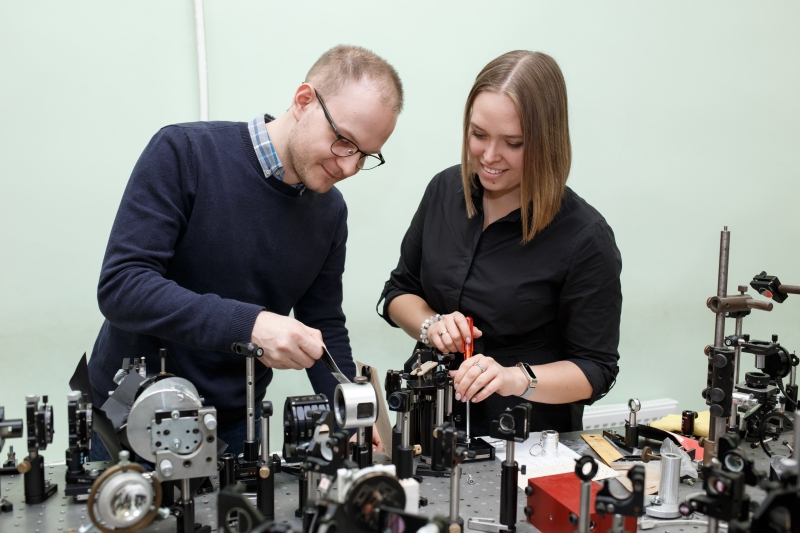Over the past 40 years, terahertz radiation has found widespread use in quality control and safety systems, the identification of substances, as well as in various biomedical research. However, high-power radiation sources in this range have appeared relatively recently. Such powerful radiation changes the refractive index of the medium and affects how it transmits radiation from other ranges. Researchers call such effects nonlinearities and study them to create devices for controlling light.
For the first time in history, scientists from ITMO University were able to directly measure the nonlinear refractive index of matter in the terahertz range. They adapted the previously known Z-scan method to obtain experimental data on how high-power radiation changes the refractive index of the sample. Then, the researchers conducted a numerical simulation of the experiment and compared the results, which produced a match.
“For the first time ever, we are able to reliably verify that terahertz radiation causes strong nonlinearity in the medium. So far, we conducted measurements only for water, but we plan to expand the range of media to perform experimental and theoretical studies of this kind. The data obtained will be useful in the creation of devices for light control, as well as for fundamental and biomedical research,” commented Maria Zhukova, a researcher at the Laboratory of Femtosecond Optics and Femtotechnologies at ITMO University.
“Our laboratory has long been involved in the development of high-intensity terahertz radiation sources, and we have already achieved some outstanding results. But before going deep into the fundamental aspects of it, we decided to describe the nonlinearities it causes using rare equipment available at ITMO University. We adapted the method for measuring nonlinearity in order to use the existing experimental knowledge as efficiently as possible,” adds researcher Maksim Melnik from the Laboratory of Femtosecond Optics and Femtotechnologies at ITMO University.
High Kerr nonlinearity of water in THz spectral range. Anton Tcypkin, Maksim Melnik, Maria Zhukova et al. Optics Express. April 1, 2019




